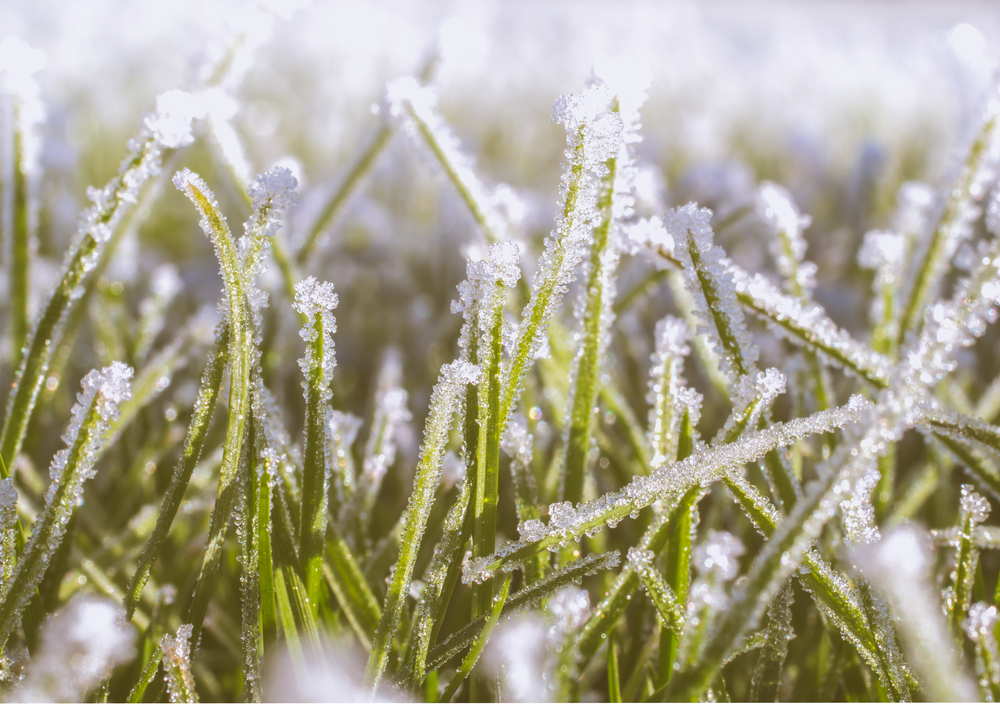Winter plant Protection
Winter is coming! We put on some thick coats, a scarf or even gloves when we go outside, but plants obviously can't do this. There are plenty of plants that are capable of surviving the winter, but sometimes the weather is a little too extreme, even for these winter plants. There are plenty of things you can do to help them get through the colder times. Goodgardn has all the tips and tricks you need. This article also includes a step-by-step plan on how to protect your plants during winter.
How to protect plants in winter
You probably have a lot of different plants in your garden. Some of them are hardy plants, while others can't survive the colder winters. If the weather is atypical, even the hardy plants need some extra help. Some hardy plants can survive temperatures up to -10, while others only survive until -5. When the temperatures drop to a new low, you might even have to protect your hardy plants. There are different ways to protect your plants from cold temperatures. In winter, plants can get ice crystals on their leaves and frost can damage or even kill your beautiful plants. Tender plants such as geraniums or begonias are especially sensitive for frost.

Winter protection for plants: a step-by-step plan
Necessities:
- Mulch
- Polyester fabric
Tip: When you grow plants near the southwest side of your home or apartment, you will maximize the evening winter sun.
1) Make sure you water your lovely plants before it starts to freeze. Keep an eye on the weather predictions when it's getting colder. Try to water them in the late morning, so that the water in the soil and roots can't freeze during the night. The water will be dried up by then! If you water the plants in the early morning, chances are that the water will free anyway. The best time to water your plants in winter is just before noon.
2) Add mulch to the base of the plants you want to protect from winter. Adding mulch reduces water loss and protects the plants from freezing! When the temperatures are rising again in spring, you can remove the mulch.
3) Cover your plant with a polyester fabric that breathes. This will make sure the plants still get enough oxygen. To optimize the effect, built a frame around the plant so that the fabric doesn't come in contact with the leaves of the plant.
4) Only cover your plants when the sun is going down and the temperatures hit below freezing point. When the sun comes up again and the temperatures rise, remove the fabric.
Wrapping plants for winter: using burlap materials
Don't you want to be busy with your plants every day? Then maybe this method of wrapping plants for winter works better for you. Wrapping plants in burlap is easy, and you can leave the fabric on top of the plants during winter. Start by using wood to make a base. On top of this base, the burlap functions as a tent. Burlap is a material that makes sure the plant is still able to breathe, but freezing winds or snow can't harm your plant. After a heavy snowstorm, clear out the snow on top of the burlap tent. The heavy snow could break off branches of the plant or even snap the trunk. Burlap is quite a light material, to prevent it from falling off the base, use some heavy stones at the bottom.
Good luck with protecting your plants from cold temperatures! Each plant has a different temperature before it will freeze. Our tip is to write this temperature down so you know exactly when you have to start protecting your plants.
